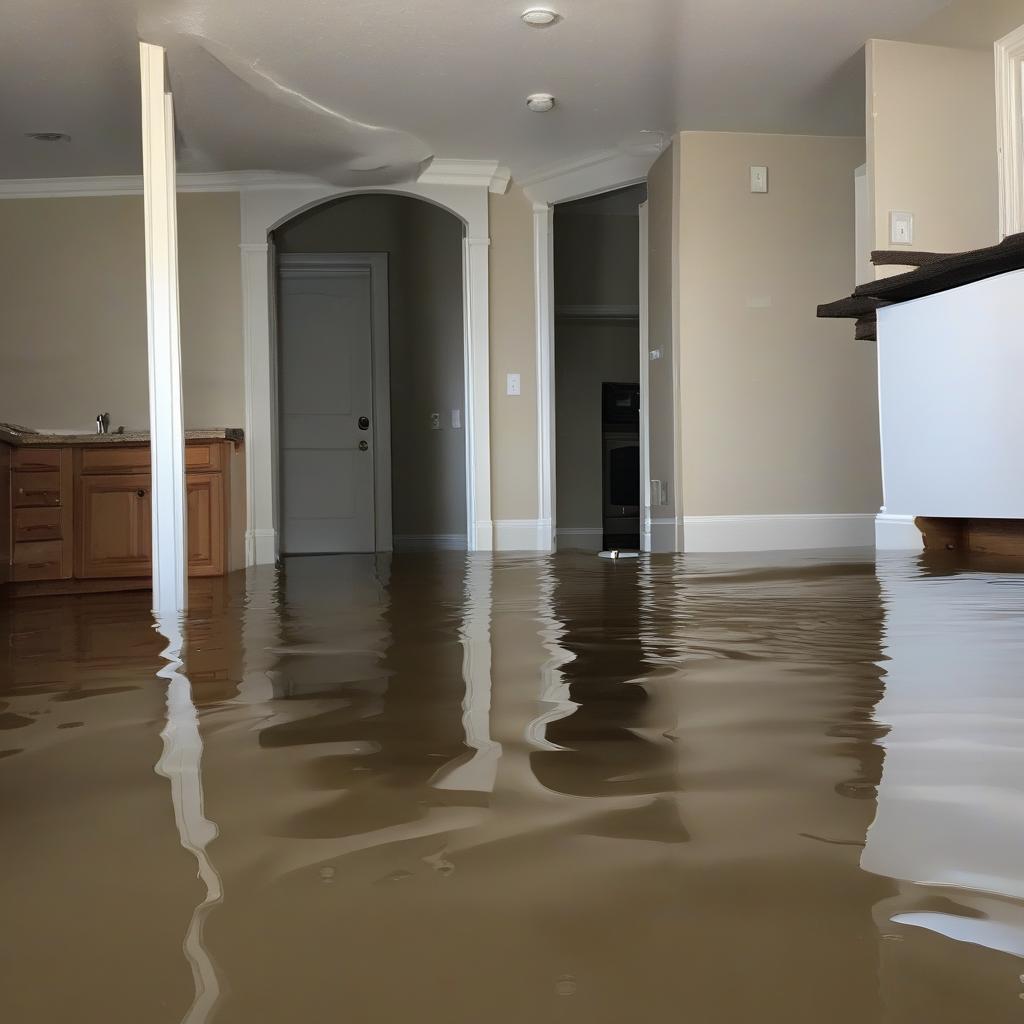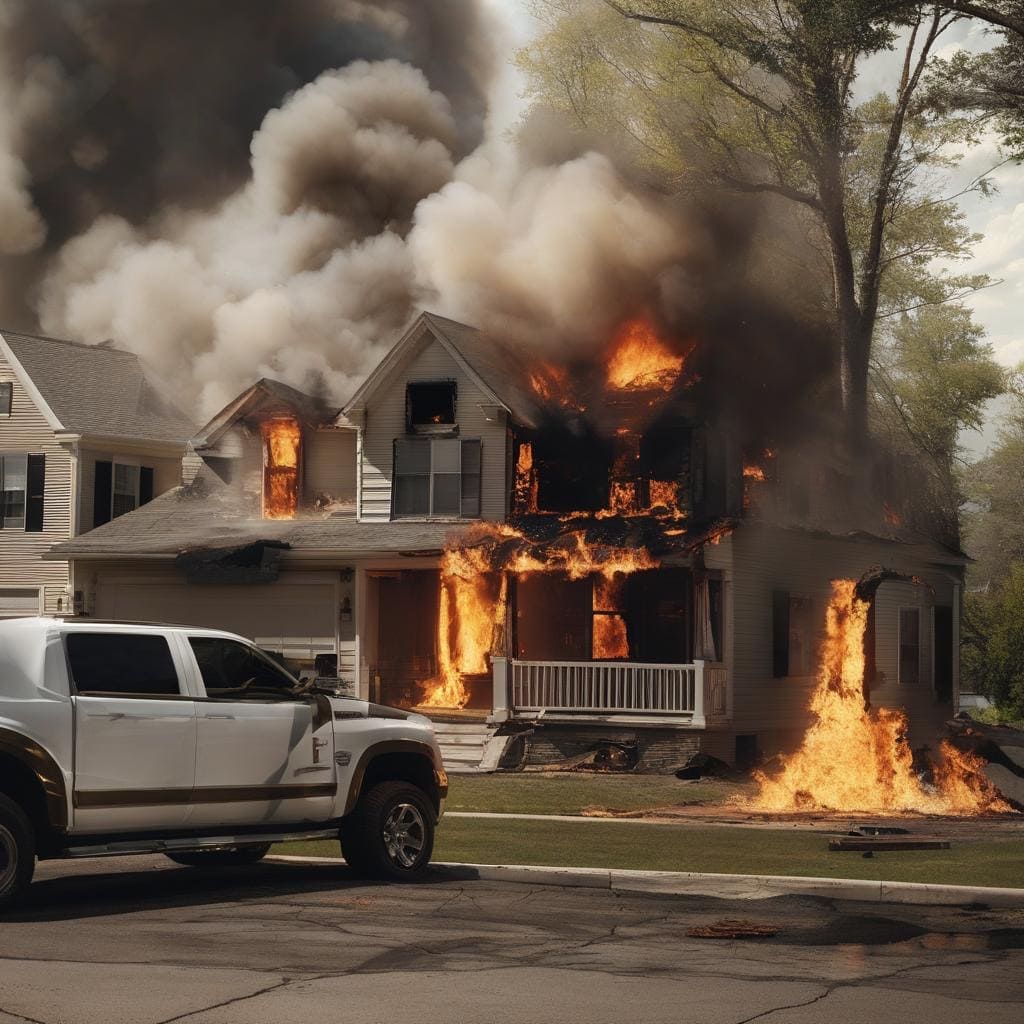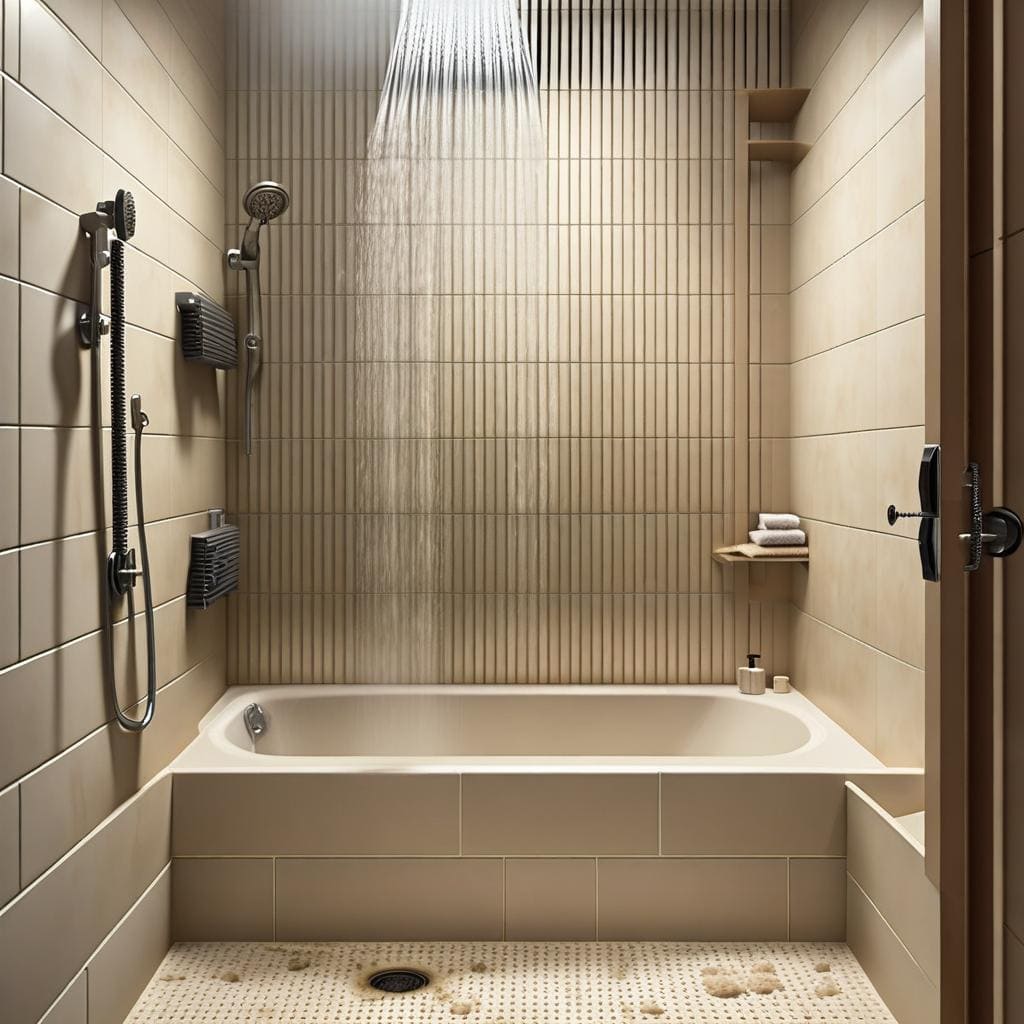
Water Damage Restoration?
Fast Response Call Now 24/7 >>

Fire Damage Restoration?
Fast Response Call Now 24/7 >>

Los Angeles Water Damage Restoration, Fire Damage Restoration and Mold Remediation 247 is specialise with the complete process. Starting with the leak detection, fire source and Mold inspection, insurance payout process and all its aspects of:
Water Removal and Pump out due to burst pipe or plumbing defects, storm and flood cleanup, smoke odor removal, and Mold remediation.
Los Angeles, CA, faces water damage risks primarily from heavy rains, plumbing leaks, and appliance malfunctions. While less prone to natural disasters like hurricanes or floods, properties can still experience water damage due to aging infrastructure or inadequate drainage systems. Regular maintenance and insurance coverage are advisable for protection.
Understanding and Resolving Common Property Hazards,
Water Damage Restoration: Refers to the destruction, loss, or impairment caused by the intrusion of water into spaces where it can cause harm to materials or systems. It can occur suddenly, such as from:
Regardless of the cause, water damage can have serious consequences for property owners, including structural deterioration, mold growth, and health hazards. To effectively resolve water damage, prompt action and thorough restoration are essential.
Leak Detection: The first step in resolving water damage is identifying its source and extent. This may involve inspecting visible signs of water intrusion, such as stains, dampness, or mold growth, as well as conducting moisture testing to assess the extent of saturation in affected materials.
Mitigation: Once the source and extent of water damage are determined, immediate mitigation measures should be implemented to prevent further damage. This may include stopping the source of water intrusion, extracting standing water, and removing wet materials to facilitate drying.
Water Pump-out, Drying and Dehumidification: Thorough drying and dehumidification are crucial for preventing mold growth and minimizing long-term damage. This may involve using specialized equipment such as dehumidifiers, air movers, and moisture meters to remove excess moisture from the air and affected materials.
Water Damage Restoration: Refers to the destruction, loss, or impairment caused by the intrusion of water into spaces where it can cause harm to materials or systems. It can occur suddenly, such as from: Water Damage Restoration: Once the affected areas are thoroughly dried, restoration work can begin. This may include repairing or replacing damaged building materials, such as drywall, insulation, flooring, and fixtures, as well as addressing any cosmetic or structural damage.
Prevention: To prevent future water damage, property owners should implement proactive measures such as routine maintenance, inspections, and repairs of plumbing and building systems, as well as ensuring proper drainage and ventilation to mitigate moisture buildup.
Water Damage Insurance Coverage: policies typically cover water damage caused by sudden and accidental incidents, such as burst pipes or appliance malfunctions. However, coverage may vary depending on the type of policy and specific circumstances. Flood damage is often excluded and requires separate coverage. It's essential to review policy details for comprehensive protection.
Los Angeles, CA, faces a moderate risk of fire damage due to its dry climate, hot temperatures, and occasional Santa Ana winds. Wildfires, electrical faults, and human error can spark blazes, endangering properties. Adhering to fire safety protocols, maintaining defensible space, and having adequate insurance coverage are essential precautions.
Fire damage refers to the destruction, loss, or impairment caused by fires, which can have devastating consequences for property owners, including structural damage, loss of belongings, and health hazards from smoke and soot exposure.
Resolving fire damage requires a comprehensive approach that addresses both immediate safety concerns and long-term restoration needs.
Regardless of the cause, water damage can have serious consequences for property owners, including structural deterioration, mold growth, and health hazards. To effectively resolve water damage, prompt action and thorough restoration are essential.Safety Assessment: The first priority in resolving fire damage is ensuring the safety of occupants and property. This may involve assessing the structural integrity of the building, identifying hazards such as electrical or gas leaks, and securing the site to prevent further damage or injury.
Soot and Smoke Removal: After ensuring the safety of the property, the next step is to remove soot and smoke residues from affected surfaces. This may involve using specialised cleaning agents, equipment, and techniques to effectively clean and deodorize walls, ceilings, floors, and belongings.
Structural Repairs: Once soot and smoke residues are removed, structural repairs can begin. This may include repairing or replacing damaged building materials, such as drywall, framing, insulation, and flooring, as well as restoring electrical, plumbing, and HVAC systems.
Content Restoration: In addition to structural repairs, fire-damaged belongings such as furniture, clothing, and electronics may also require restoration. This may involve cleaning, deodorizing, and repairing damaged items to salvage as much as possible.
Prevention: To prevent future fire damage, property owners should implement fire safety measures such as installing smoke alarms, fire extinguishers, and sprinkler systems, as well as practicing safe cooking, heating, and electrical habits.
Fire Damage Insurance Policy:Most insurance policies cover fire damage to structures and belongings, including repairs, rebuilding, and replacement costs. Coverage often extends to additional living expenses if the home becomes uninhabitable. However, exclusions may apply for arson or intentional acts. Reviewing policy details and ensuring adequate coverage is crucial for peace of mind.
Mold is a type of fungus that thrives in damp, humid environments and can grow on a variety of surfaces, including walls, ceilings, floors, and furnishings. While mold spores are naturally present in the environment, excessive mold growth indoors can pose health risks and cause property damage. Resolving mold issues requires addressing underlying moisture problems and implementing effective remediation strategies.
In Los Angeles, CA, mold growth is a common issue due to the warm climate and occasional moisture from rain or humidity. Properties with poor ventilation, plumbing leaks, or water intrusion are especially susceptible. Regular inspection, prompt repairs, and humidity control are crucial measures to prevent mold infestation.
Identification: The first step in resolving mold issues is identifying the source of moisture that is fueling mold growth. This may involve inspecting for signs of water leaks, condensation, or high humidity levels, as well as conducting moisture testing to pinpoint areas of excessive moisture.Remediation: Once the source of moisture is identified, remediation efforts can begin. This may involve removing and replacing mold-infested materials, such as drywall, insulation, and carpeting, as well as thoroughly cleaning and disinfecting affected surfaces to remove mold spores and prevent regrowth.
Moisture Control: To prevent mold from recurring, it is essential to address underlying moisture problems. This may involve repairing leaks, improving ventilation, and reducing humidity levels through the use of dehumidifiers or air conditioners.
Prevention: To prevent mold growth in the future, property owners should implement proactive measures such as routine maintenance, inspections, and repairs of plumbing and building systems, as well as ensuring proper ventilation and moisture control.
Mold Insurance Coverage:Insurance policies typically cover mold damage if it's a result of a covered peril, such as a sudden and accidental water leak. However, mold caused by neglect or lack of maintenance is usually excluded. Additional mold coverage may be available as an add-on or separate policy, depending on the insurer and region.
In conclusion, resolving water damage, fire damage, and mold issues requires a proactive and comprehensive approach that addresses both immediate concerns and underlying causes. By understanding the causes and consequences of these common property hazards, property owners can take steps to mitigate risks, protect their investments, and create safe and healthy environments for occupants.